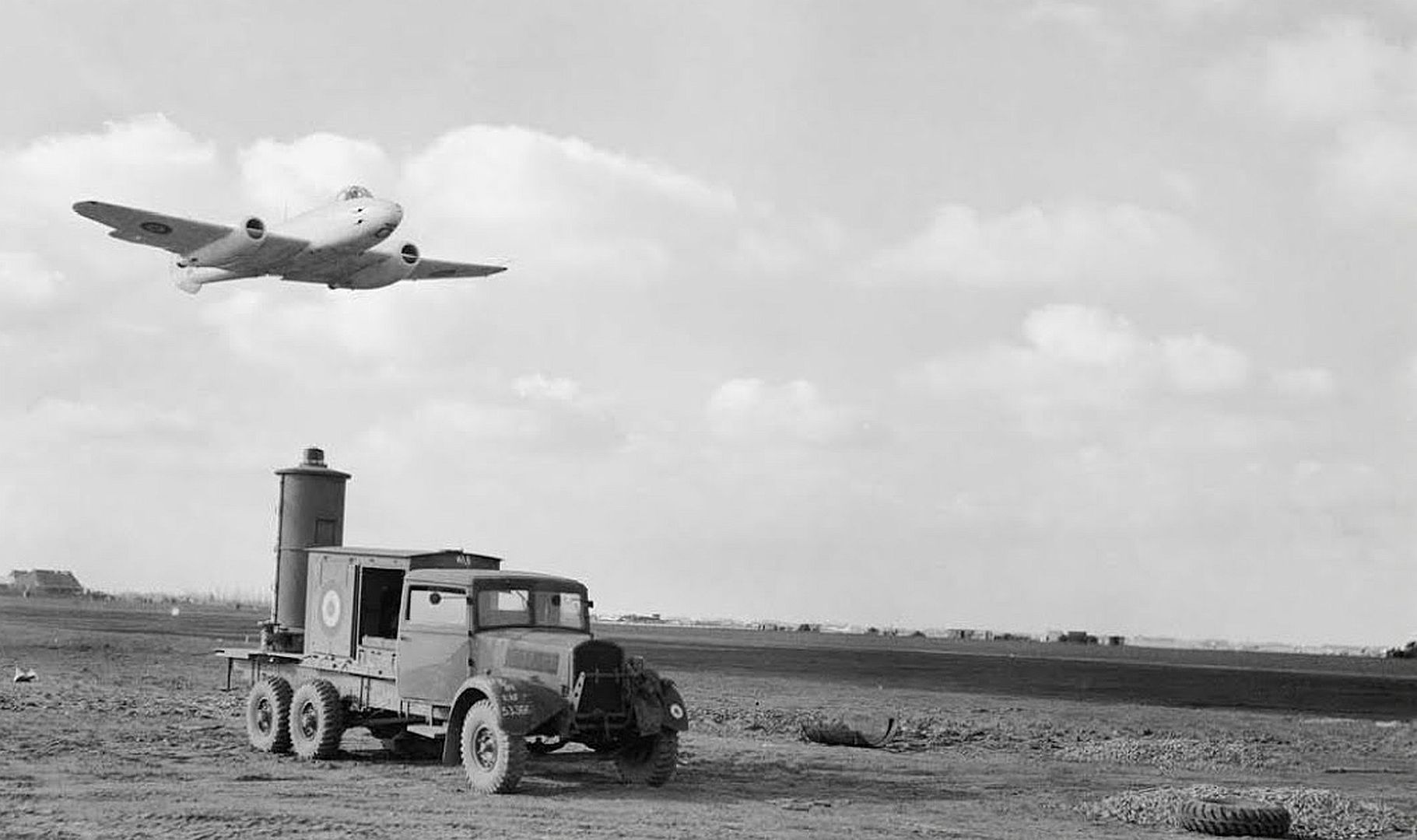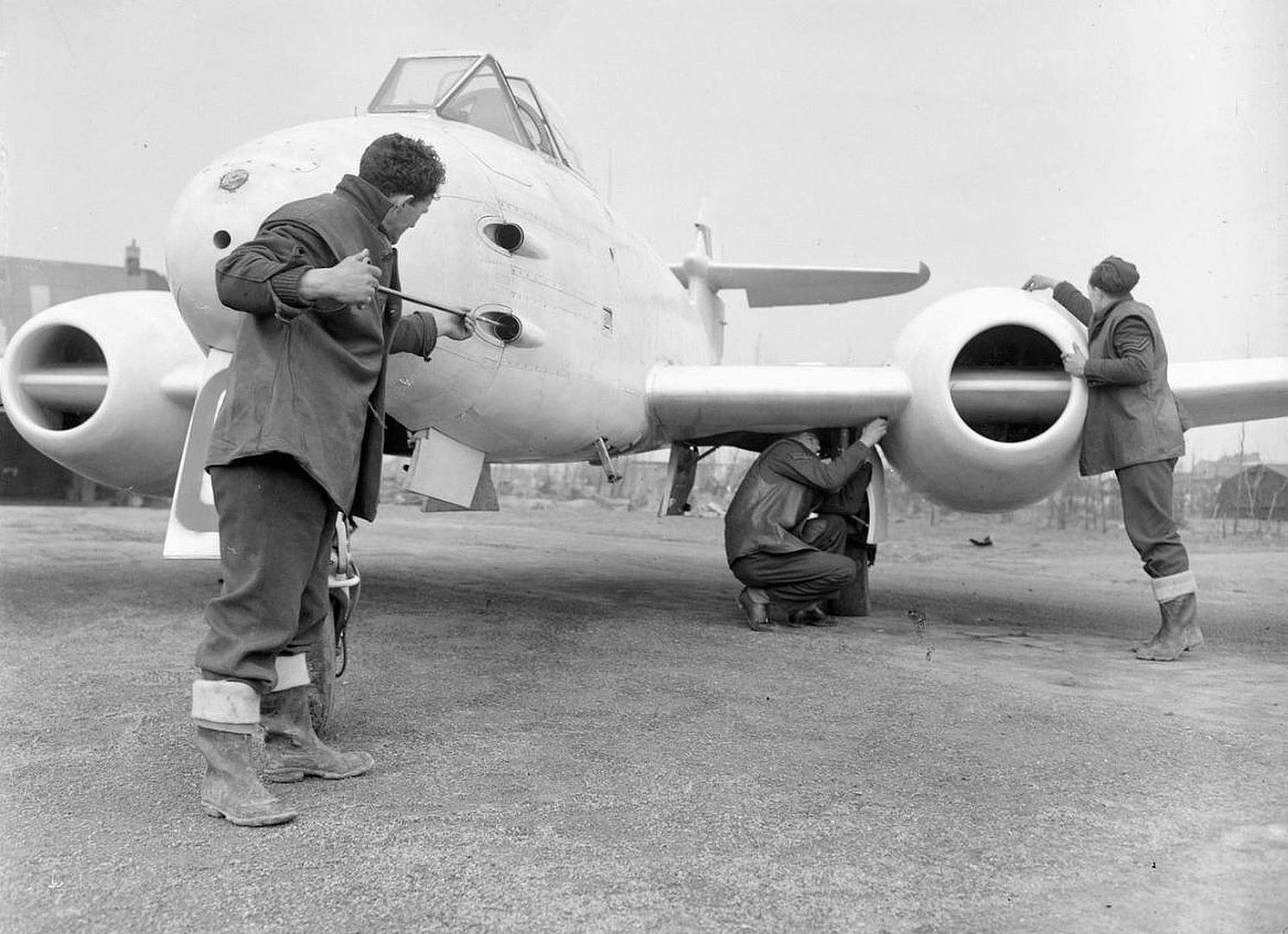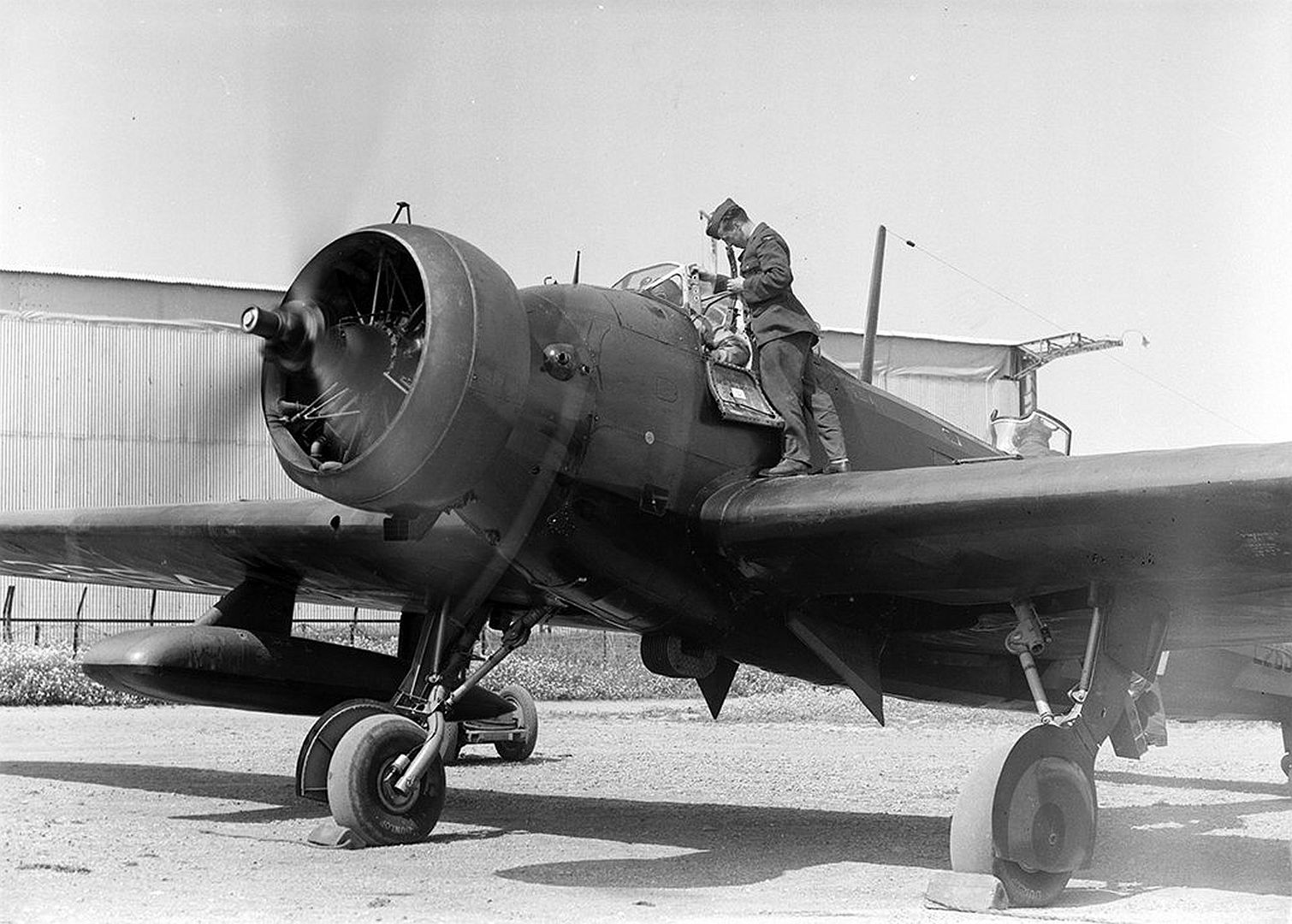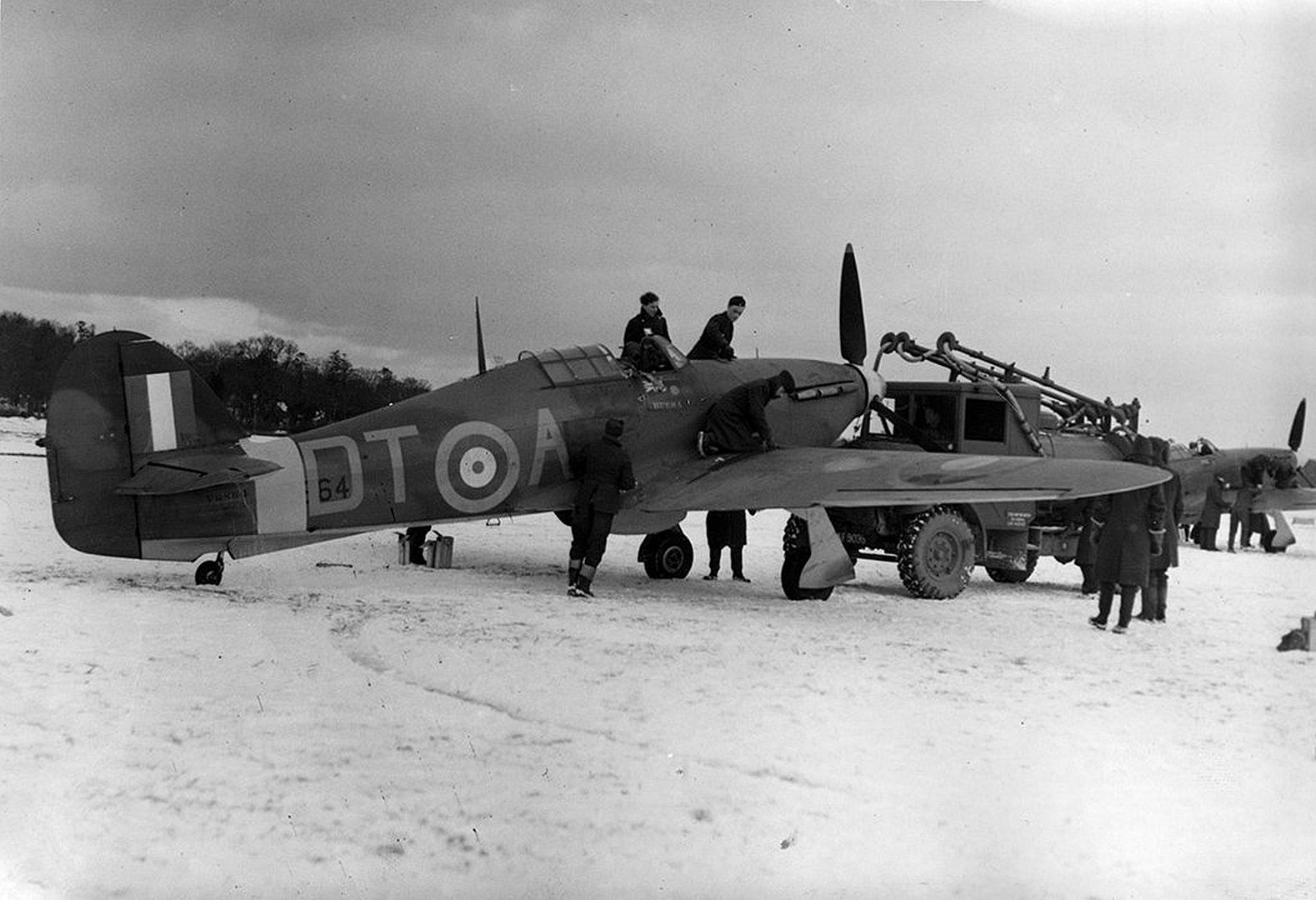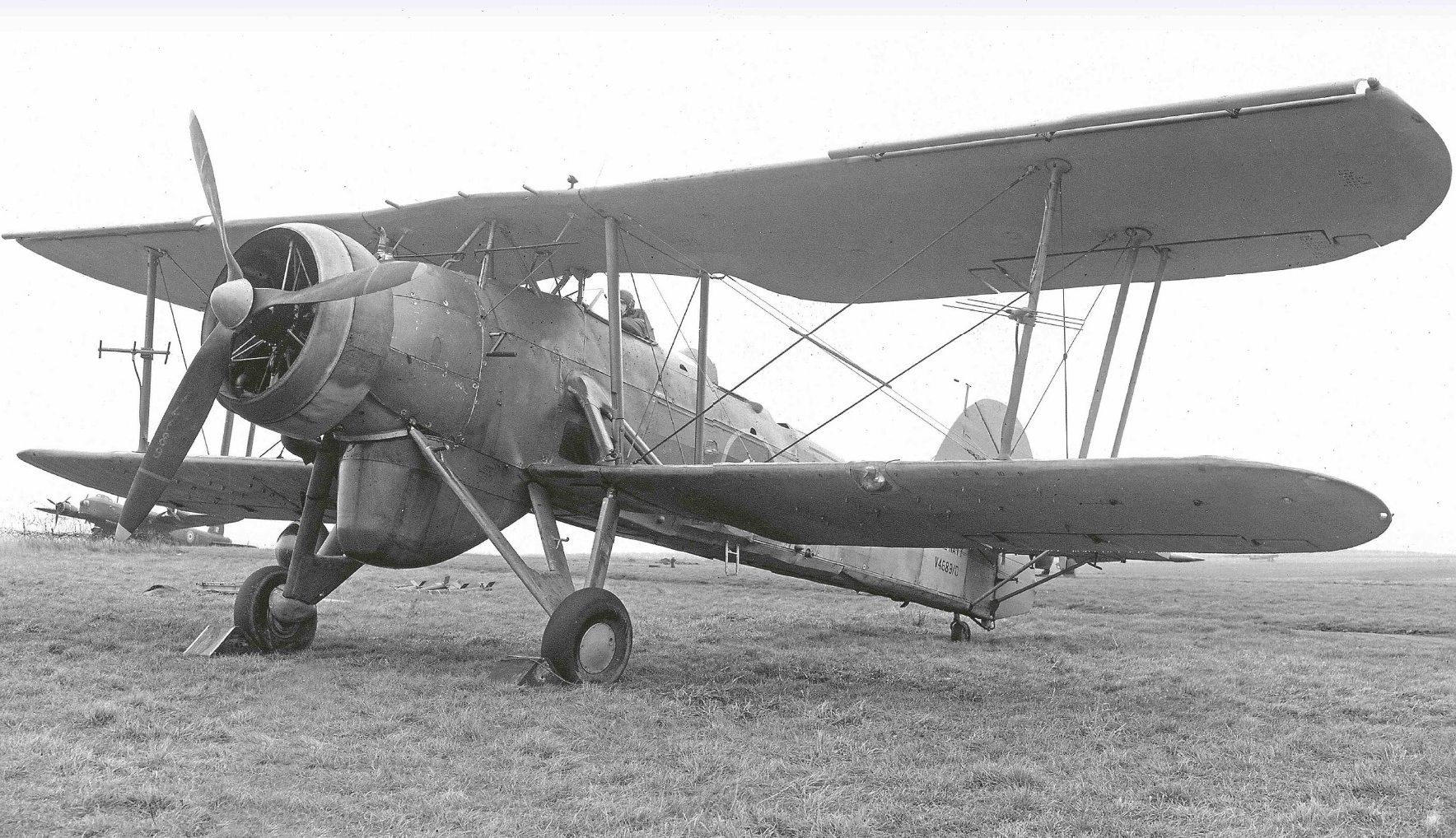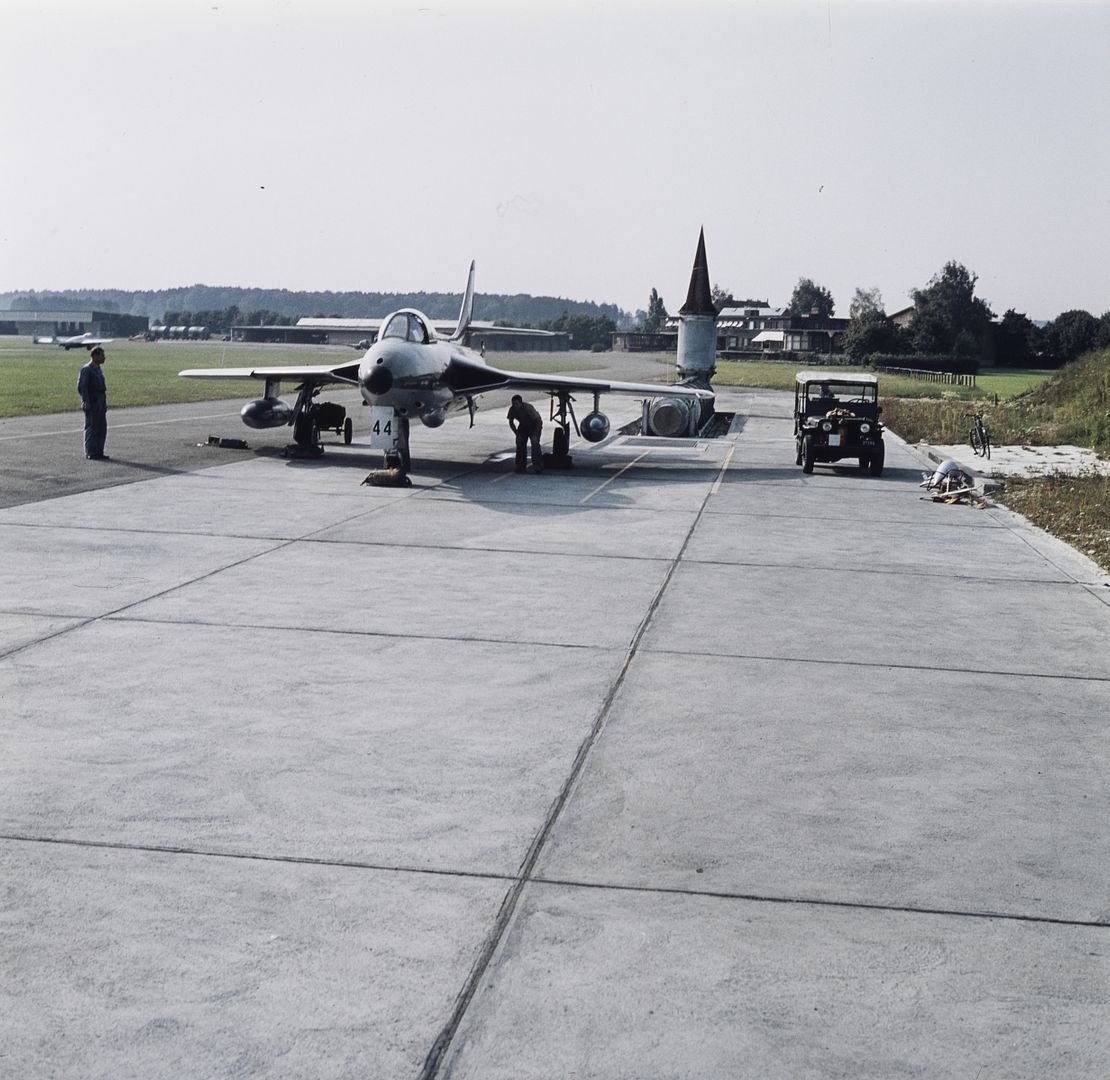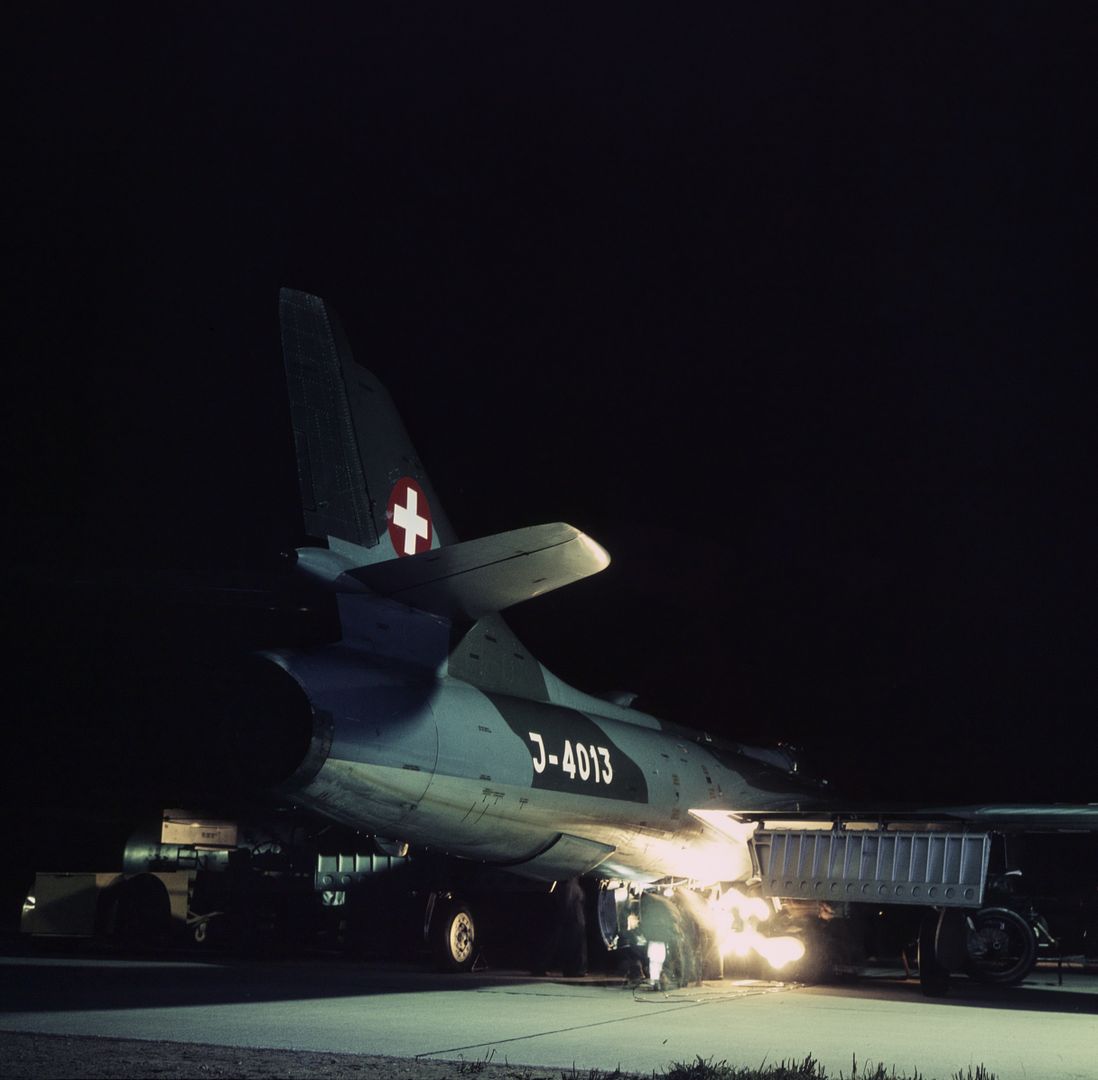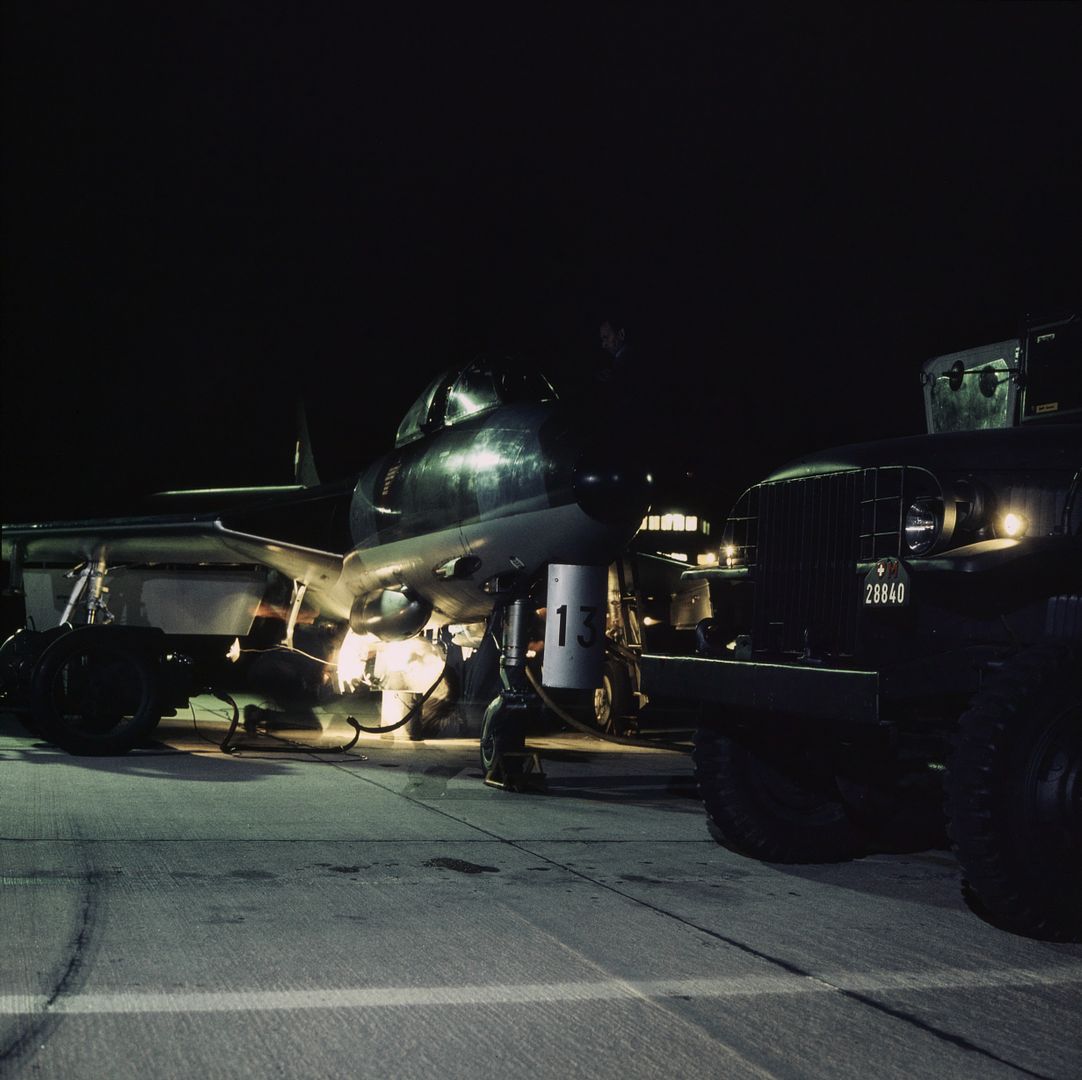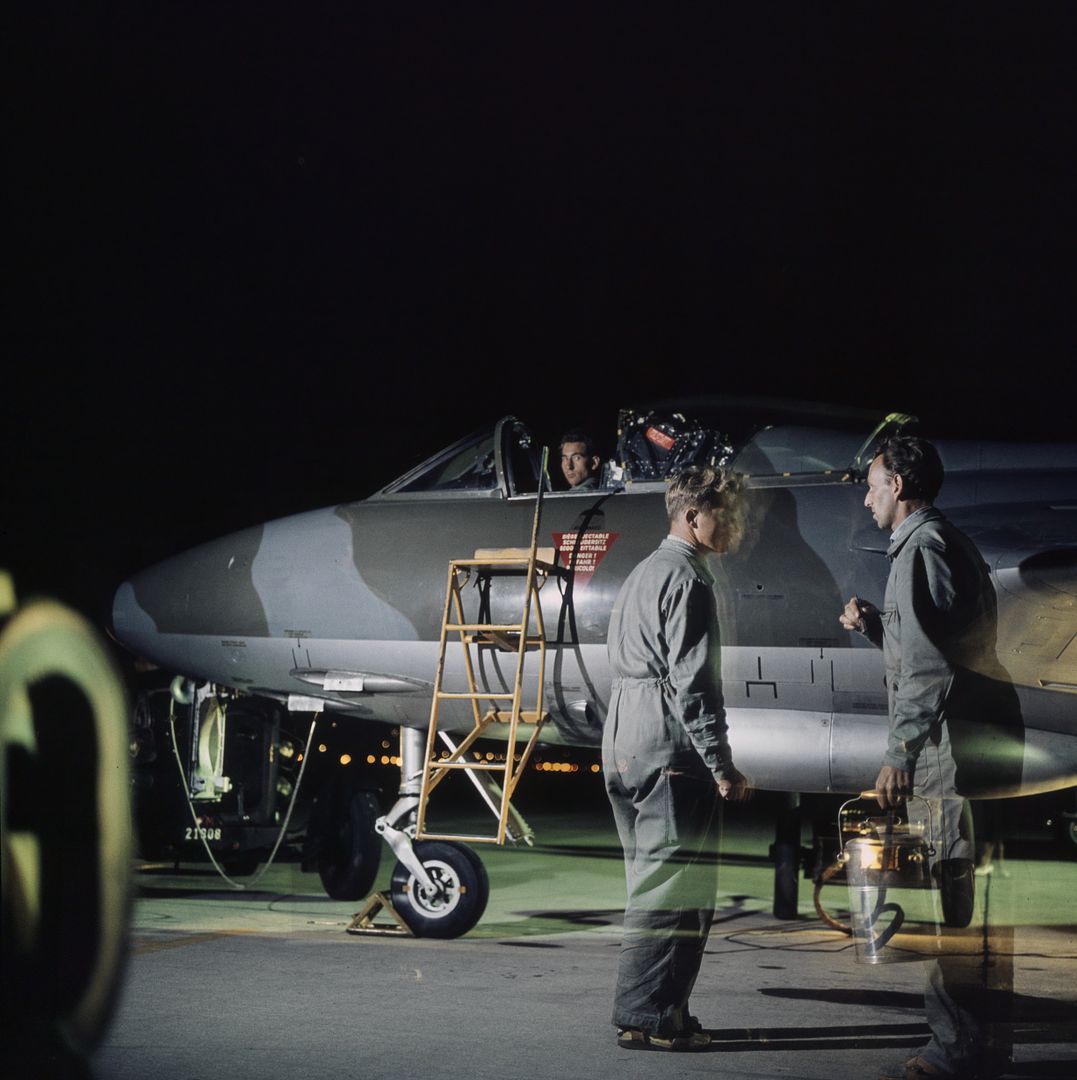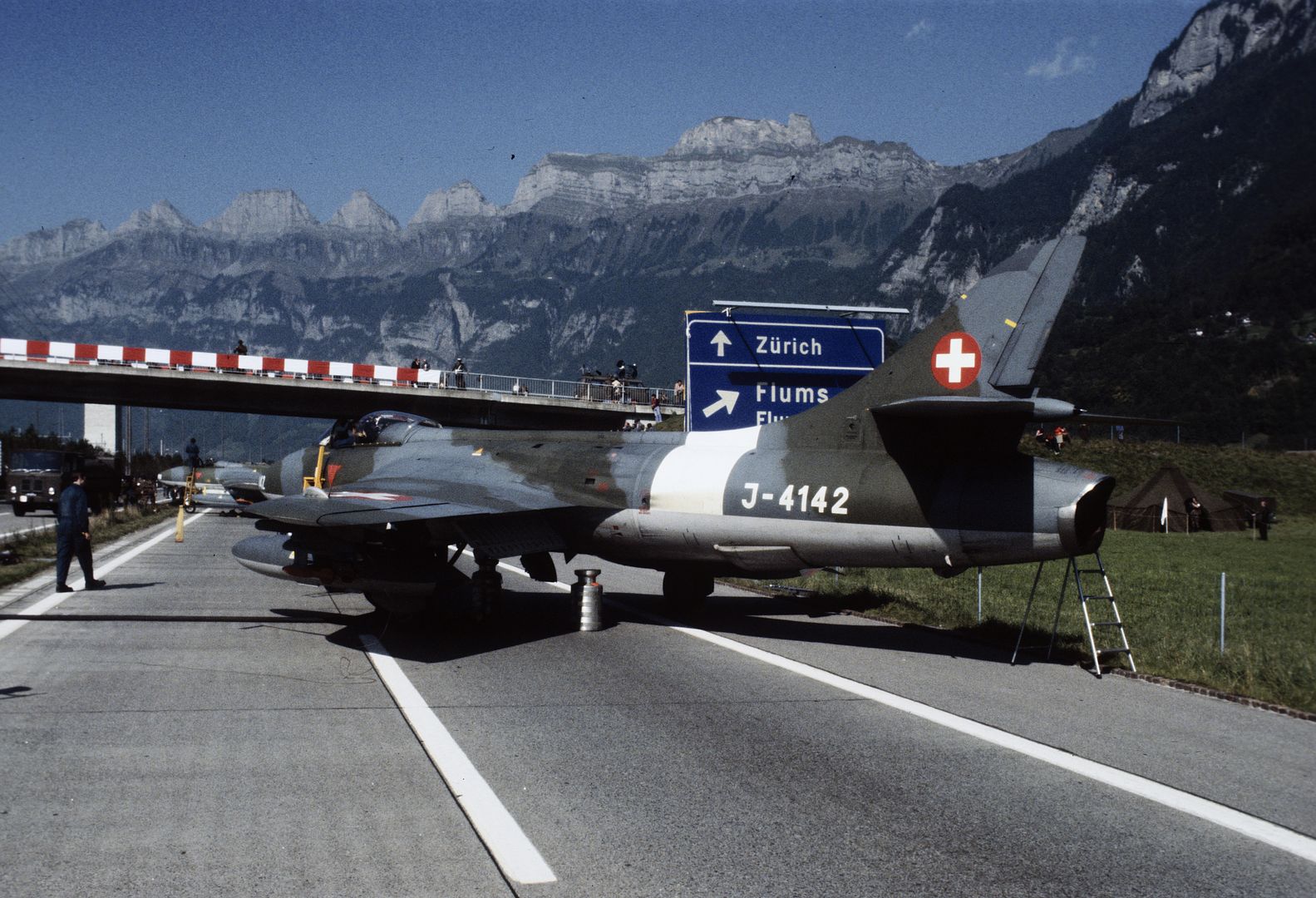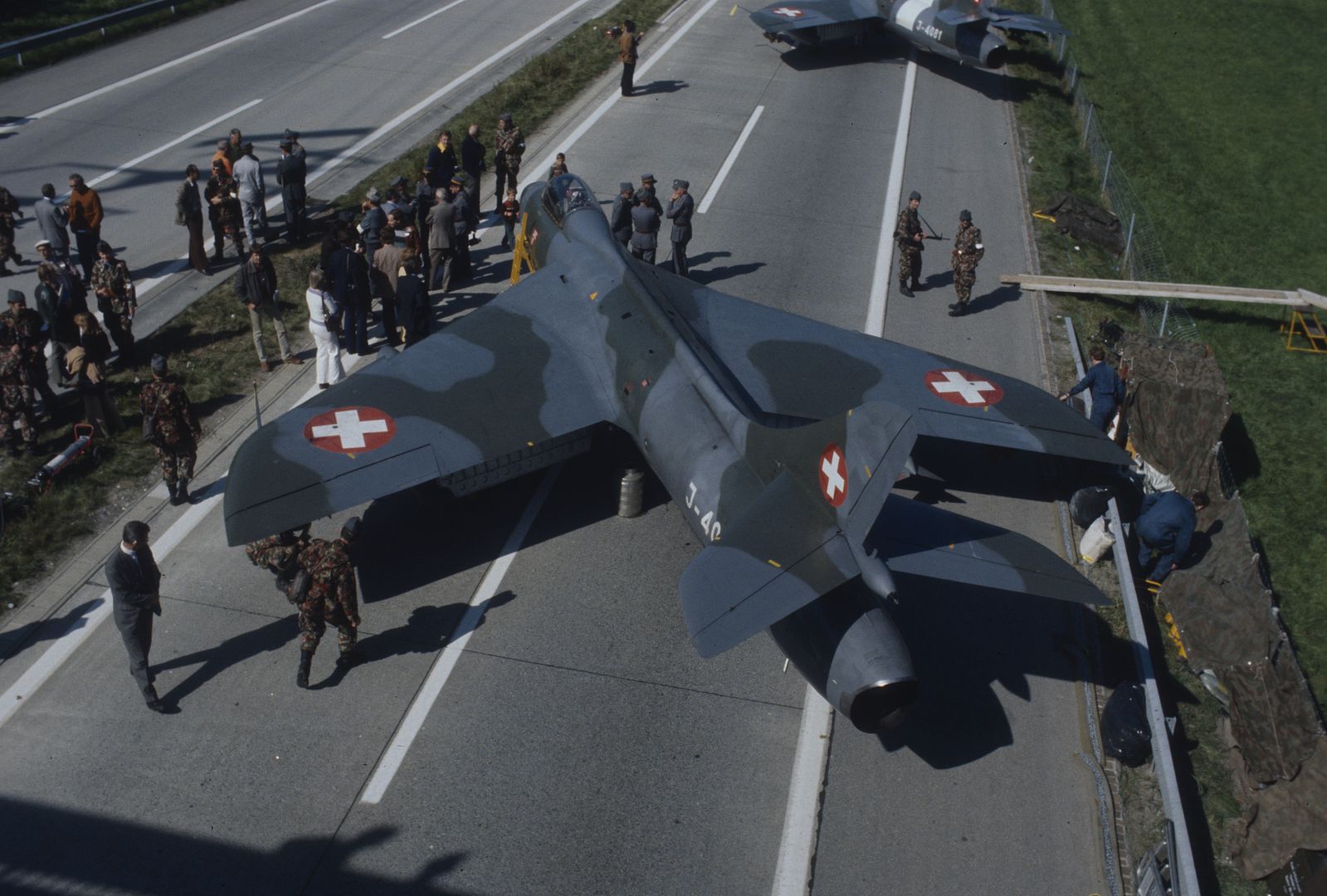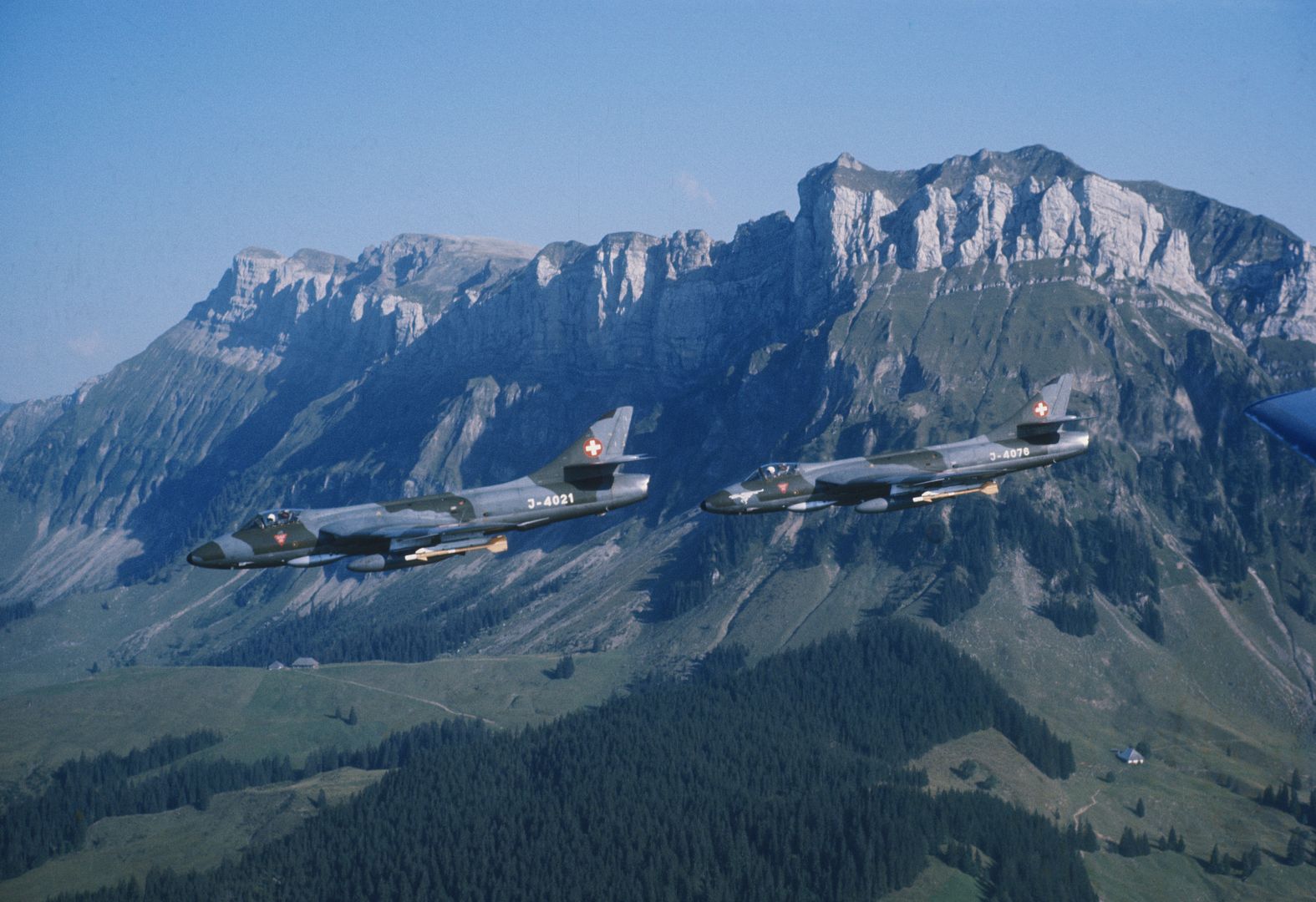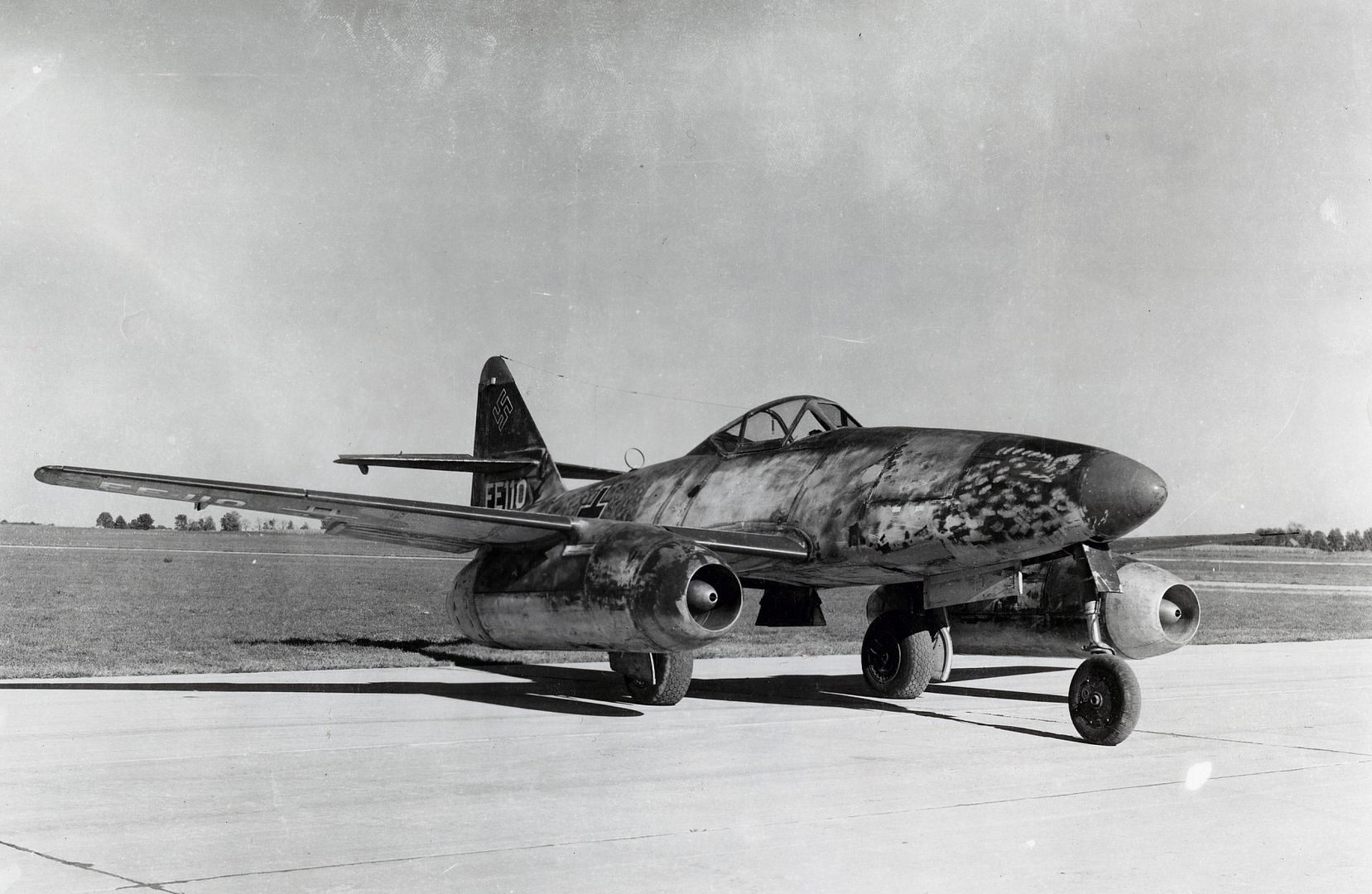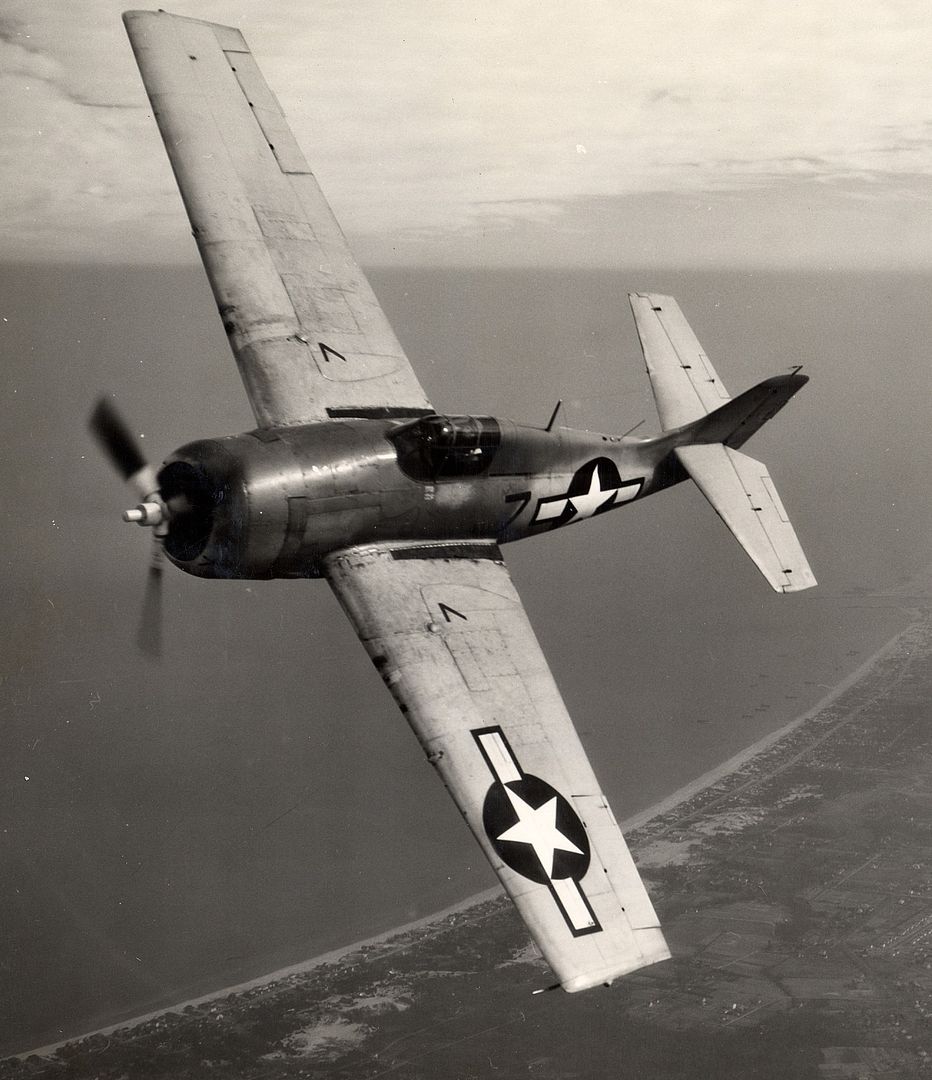Forums
- Forums
- Axis And Allies Forum
- General Discussion
- Photo of the week
Photo of the week
Post a reply
- Go to Previous topic
- Go to Next topic
- Go to Welcome
- Go to Introduce Yourself
- Go to General Discussion
- Go to Screenshots, Images and Videos
- Go to Off topic
- Go to Works in Progress
- Go to Skinning Tips / Tutorials
- Go to Skin Requests
- Go to IJAAF Library
- Go to Luftwaffe Library
- Go to RAF Library
- Go to USAAF / USN Library
- Go to Misc Library
- Go to The Ops Room
- Go to Made in Germany
- Go to Campaigns and Missions
- Go to Works in Progress
- Go to Juri's Air-Raid Shelter
- Go to Campaigns and Missions
- Go to Works in Progress
- Go to Skinpacks
- Go to External Projects Discussion
- Go to Books & Resources
-
 Main AdminThis weekends shots.
Main AdminThis weekends shots.
No 400 (City of Toronto) Squadron
Formed as No 10 (Army Co-operation) Squadron in 1932, it was re-numbered as No 110 in 1937. It arrived in Britain on 25 February 1940 and was posted to the RAF's home of Army Co-operation, Old Sarum in Wiltshire. It was equipped with Lysanders but was too late see action in France and settled down to a routine of exercises and AA co-operation.
On 1 March 1940, the squadron was re-numbered as No 400 and the following month, it began to re-equip with Tomahawks, although it did not become operational until November. It carried out Rhubarbs over France and Populars over the channel until late December and did not resume operations until May 1942.
In July 1942 the Tomahawks were replaced with Mustang Is and these were used to cover the Dieppe landing in August. The squadron reverted to Rhubarbs, Jim Crows, Populars and Insteps for the remainder of 1942 and early 1943. In April the squadron began night rangers and also carried out daylight photo recce missions. New equipment arrived in January 1944 in the shape of Mosquito XVIs and Spitfire XIs and now became a photo recce squadron.
Following the invasion on 6 June, the squadron's 'B' Flight moved over to the beachhead on 1 July with the rest of the squadron following in August. As the Allied armies advanced through France and the Low Countries, the squadron following close behind providing both high level and low level tactical reconnaissance. The squadron disbanded at L?neburg on 7 August 1945.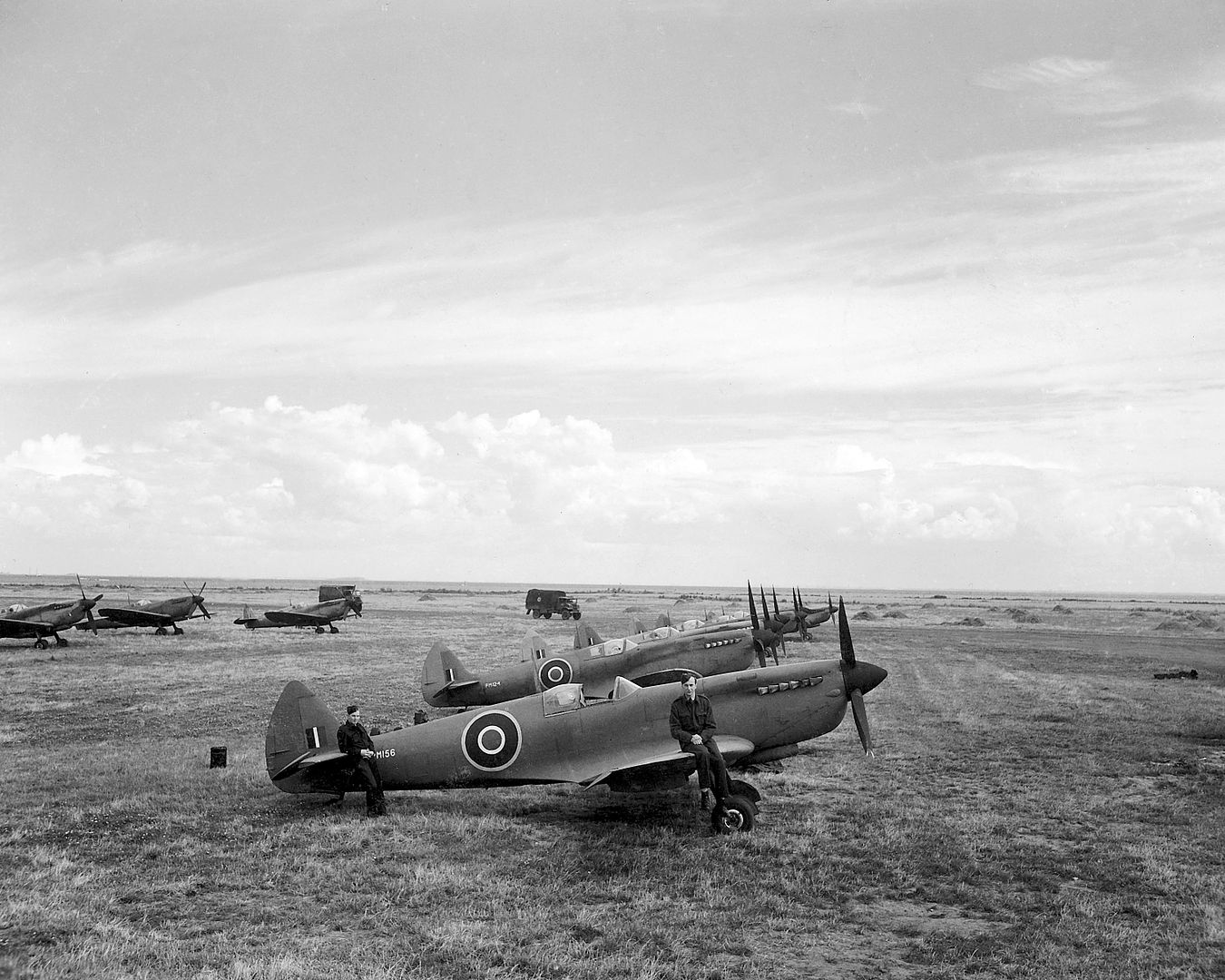

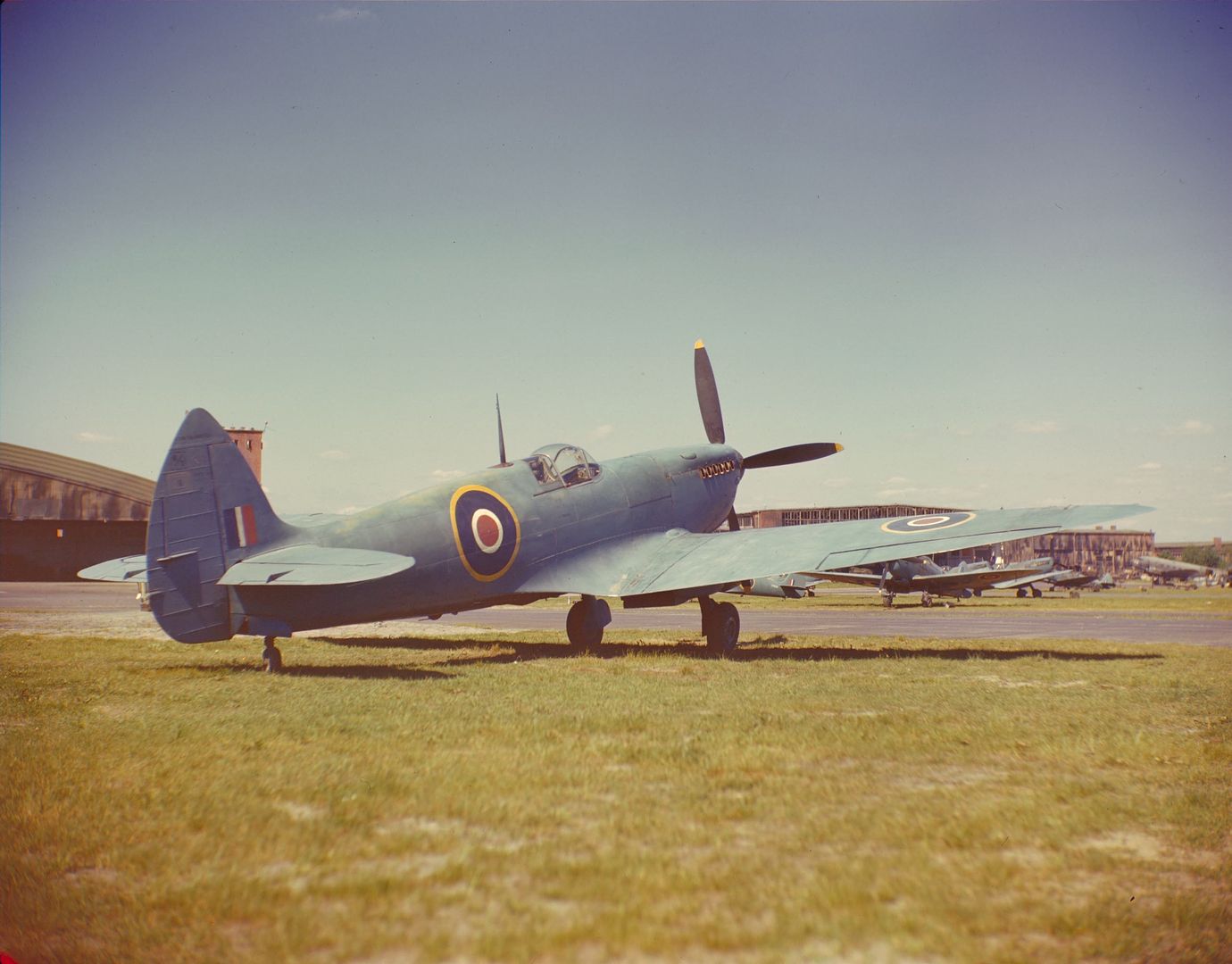
-
 Main Admin
Main Admin -
 Main Admin
Main Admin -
 Main Admin
Main Admin -
 Main AdminThis weekends extra.
Main AdminThis weekends extra.
De Havilland Mosquito ?LR503? was one of only 54 B.IX models of the famous ?wooden wonder? and holds a unique place in the annals of aviation in that it flew more combat missions than any other allied aircraft during World War II. In total the aircraft flew 213 operations against German forces in Europe.
Mosquito ?LR503? was built at the De Havilland plant at Hatfield, England in early 1943 before being delivered to No.109 Squadron at Wyton, Huntingdonshire. No.109 Squadron was one of the original Pathfinder Force which made history flying the first radar blind bombing system known as ?Oboe? on the night of the 20th and 21st December 1942. Upon joining the squadron ?LR503? received the unit code letters HS-C.De Havilland Mosquito ?LR503? was one of only 54 B.IX models of the famous ?wooden wonder? and holds a unique place in the annals of aviation in that it flew more combat missions than any other allied aircraft during World War II. In total the aircraft flew 213 operations against German forces in Europe.
Mosquito ?LR503? was built at the De Havilland plant at Hatfield, England in early 1943 before being delivered to No.109 Squadron at Wyton, Huntingdonshire. No.109 Squadron was one of the original Pathfinder Force which made history flying the first radar blind bombing system known as ?Oboe? on the night of the 20th and 21st December 1942. Upon joining the squadron ?LR503? received the unit code letters HS-C.
The aircraft began it?s epic combat flying career on 28th May 1943 by marking targets in the city of Krefeld along the Ruhr for a force of heavy bombers. Ten months after delivery to No.109 Squadron the aircraft was transferred to No.105 Squadron at RAF Bourn and on June 3rd 1944 the aircraft flew its 100th mission. Just three days later, on D-Day, the aircraft was especially busy flying two missions in direct support of the landings. It was with No.105 Squadron that the aircraft received it?s ?F? identification code and from then on was always known as ?F-for-Freddie?.
The last year of the war was especially busy for ?F-for-Freddie? with the aircraft averaging at least one mission every three days. ?LR503? flew its last combat operation on April 10, 1945 with the target being the Wehren marshalling yards in Leipzig. Less than a month later the war in Europe was over. Unfortunately, just two days after VE Day, the aircraft crashed while on a goodwill tour in Canada killing it?s crew; F/Lt. J. Maurice W. Briggs, DFM, DFC, and DSO and F/O John C. Baker, DFC and Bar.
The crew of Mosquito B.IX LR503 look on as mission no 203 is chalked up on their aircraft.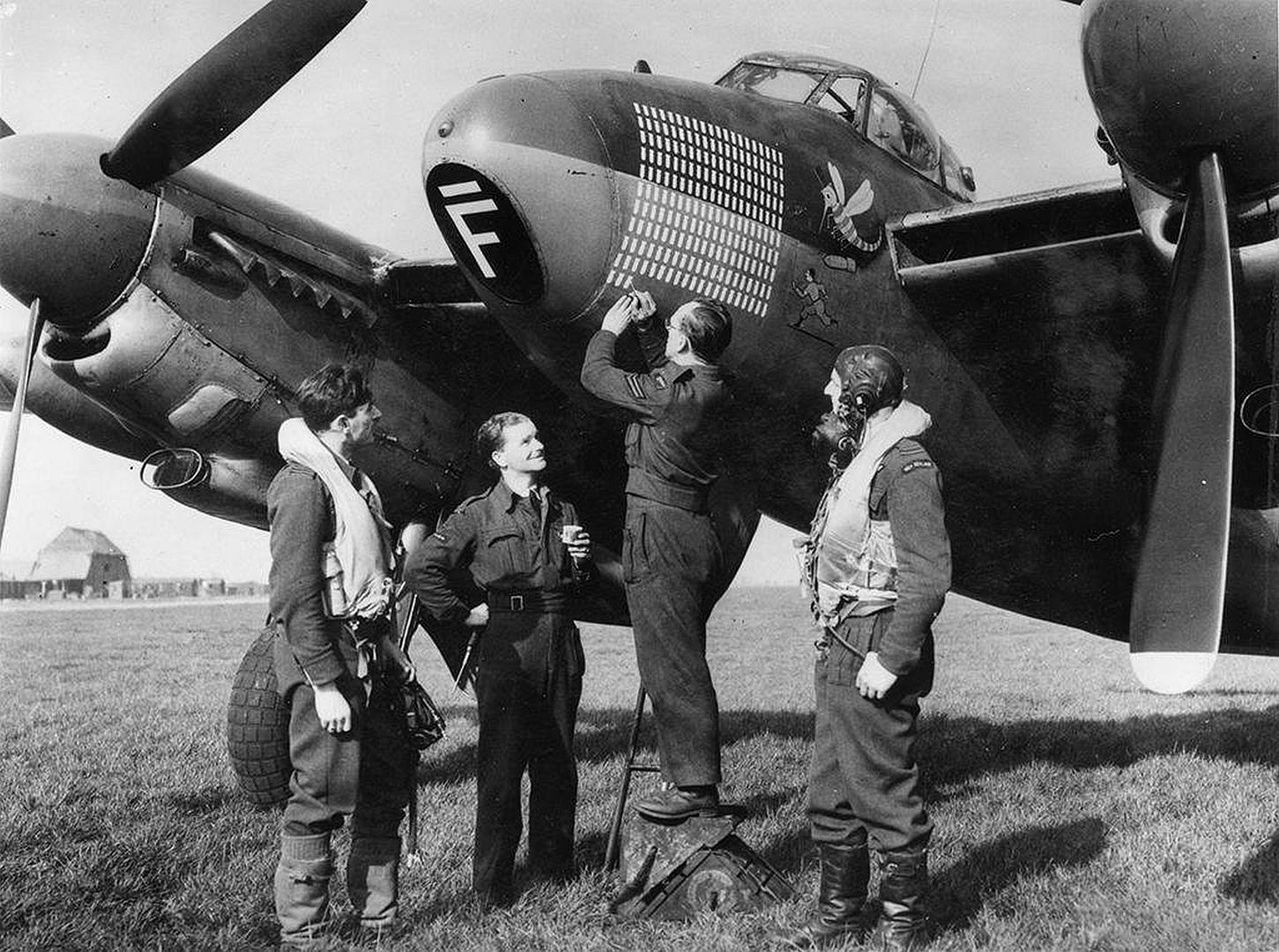
-
6 years agoSat Nov 17 2018, 05:57pm
 Main Admin
Main Admin -
 Main Admin
Main Admin -
 Main Admin
Main Admin -
 Main Admin
Main Admin -
 Main Admin
Main Admin
Post a reply
- Go to Previous topic
- Go to Next topic
- Go to Welcome
- Go to Introduce Yourself
- Go to General Discussion
- Go to Screenshots, Images and Videos
- Go to Off topic
- Go to Works in Progress
- Go to Skinning Tips / Tutorials
- Go to Skin Requests
- Go to IJAAF Library
- Go to Luftwaffe Library
- Go to RAF Library
- Go to USAAF / USN Library
- Go to Misc Library
- Go to The Ops Room
- Go to Made in Germany
- Go to Campaigns and Missions
- Go to Works in Progress
- Go to Juri's Air-Raid Shelter
- Go to Campaigns and Missions
- Go to Works in Progress
- Go to Skinpacks
- Go to External Projects Discussion
- Go to Books & Resources
